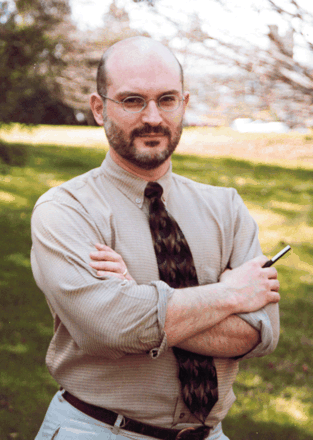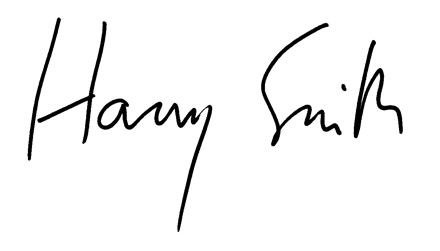Alternative Medicine, Alternative Views
A little over a decade ago, I worked with a protein chemist who, as a young child on her own, had fled from Shanghai to Hong Kong in the aftermath of the Cultural Revolution. I treasured working with Eva because she had way of looking at the world that was different from that of anyone else I knew. Sometimes her views would amuse me, as when she would speak of her Chinese mother-in-law, whose meddling would have been much easier to diffuse, Eva once claimed sardonically, had Eva herself borne a son in addition to her two daughters. At other times I would be frankly annoyed by Eva’s “unscientific” observations, such as when she would drink Chinese tea containing something called “ma huang” and claim that it was good for maintaining “chi,” or energy.
Back then, of course, few people were aware of the centuries-old use of ephedra alkoids, components of the traditional Chinese tea prepared from ma huang (i.e., Ephedra sinica ). With the deaths of over 100 people allegedly linked in the past decade to the use of ephedrine, the controversy surrounding the sale and promotion of ephedra-based products is now common knowledge. Last month, Illinois became the first state to ban the sale of ephedra products. At the same time, General Nutrition Center (GNC), the country’s leading outlet for dietary supplements, announced that it would pull ephedra-containing supplements from its shelves (and the public responded by rushing to buy out GNC’s remaining inventory). The American Heart Association has supported a nation-wide ban, and ASPET has formally stated its support in favor of banning such products and increasing the FDA’s powers to regulate supplements, too. (See the ASPET Web site at www.aspet.org.)
The ways that science changes our culture—and the extent to which the broader cultural milieu affects the work of scientists—provided the impetus for establishing our Reflections department when Molecular Interventions was launched a couple of years ago. This month’s Reflections essay [on the way language is shaping complementary and alternative medicine (CAM); pages 182–185] got me thinking about how the limits of biomedical science are defined, and about how the limits that are set by Americans may not necessarily be those recognized in other societies. When I think back on my interactions with Eva, for example, I wonder why I was so quick to dismiss her testimonial about ma huang. Today, pharmacologists place the very topic of dietary supplements within their own purview, and medicinal plants, essential to pharmacology from the very beginning of the discipline, are receiving renewed emphasis.
ASPET’s own efforts to support research into botanicals, including an Interest Group in herbal medicine and medicinal plants, certainly reflects this emphasis. The potential interactions between commonly used herbal supplements and prescription medicines are now taken seriously by clinicians. And as pointed out by F. Peter Guengerich’s review article on cytochrome P450 enzymes this month (pages 194–204), even foods that we commonly eat (in this instance, grapefruit), can have specific pharmacological consequences. The inclusion of dietary supplements and botanicals within the domain of pharmacology is now so obvious that it seems somewhat patronizing to refer to such agents as “complementary” or “alternative” medicine. As complementary and alternative medicine emerges as a biomedical discipline in its own right, one must wonder what sorts of practices may eventually make their way into human health care, and whether we will (or should) have an open mind toward exploring them.
- © American Society for Pharmacology and Experimental Theraputics 2003





